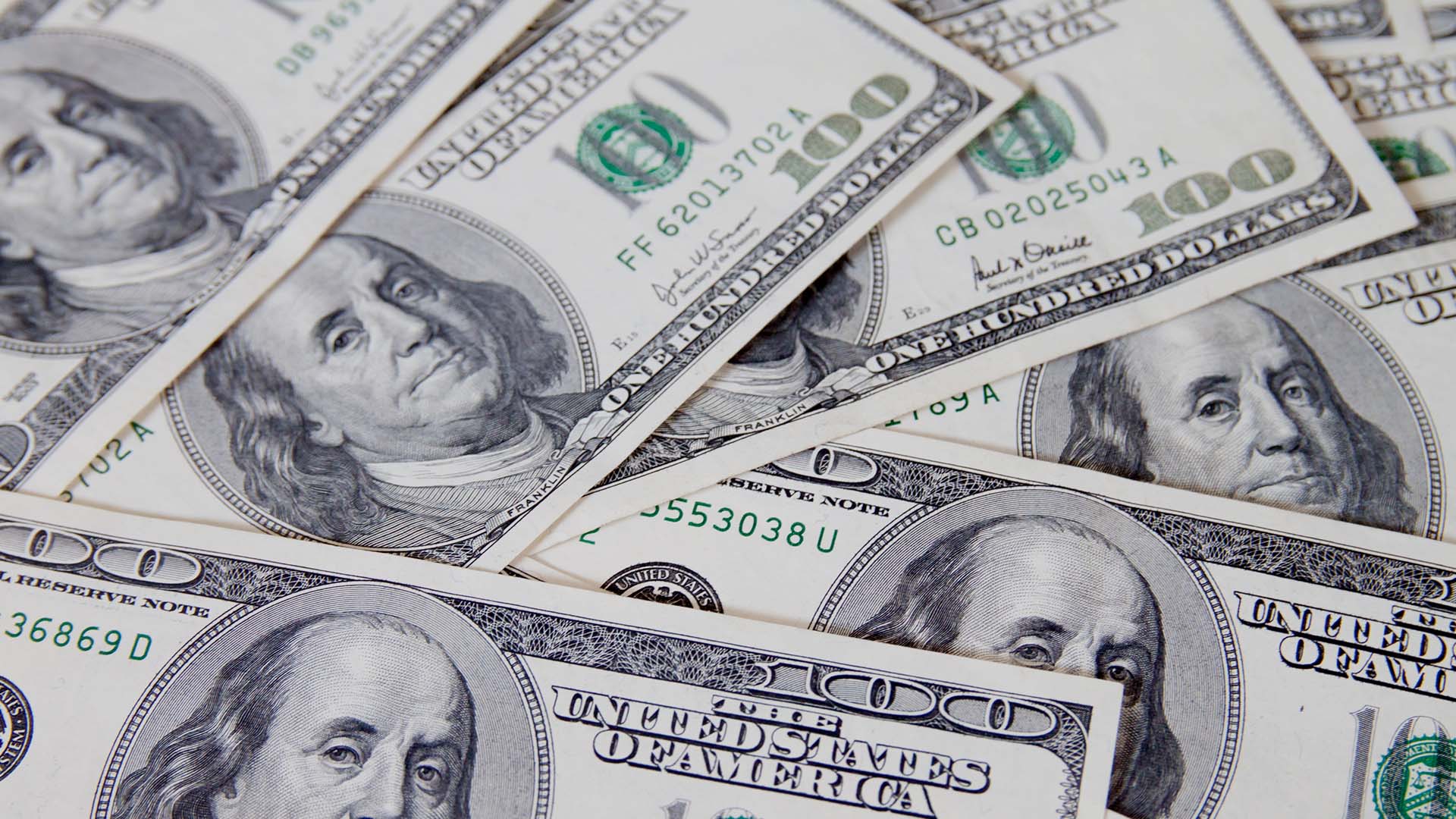The BRICS nations pose an increasing threat to the US dollar, the most widely used currency in international trade. President Donald Trump threatened to impose 100% tariffs on members before his inauguration if they supported an alternative or attempted to replace the dollar with another currency.
This group of economies has stated that it would like to reduce its reliance on the dollar in cross-border trade, but there is currently no firm strategy for developing a substitute currency.
These are the 10 countries that want to abolish the dollar and stop accepting payments
Although the concept has been presented several times, it remains unclear how it will be implemented. There are several obstacles to this project’s viability because the dollar remains the world’s primary reserve currency and controls a large portion of trade in important commodities such as gold and oil.
The BRICS countries—Russia, Brazil, India, China, South Africa, Egypt, Ethiopia, Indonesia, Iran, and the United Arab Emirates—have expressed a desire to replace the US dollar.
The BRICS bloc, formed in 2009, seeks to advance emerging economies’ interests while reducing their reliance on the dollar in cross-border trade. Since the US dollar has dominated international trade, member countries have expressed an interest in exploring alternatives that would give them more control over their markets.
Leaders such as Lula da Silva of Brazil and Vladimir Putin of Russia have recently reaffirmed their commitment to reducing the dollar’s power. However, the dominance of the US dollar in the global market makes developing a competing currency difficult.
Despite the BRICS’ efforts, it is unlikely that an alternative currency will be accepted soon due to global stability and confidence in the US economy. Tariffs on items from the BRICS nations have raised concerns because they could raise the cost of a variety of imported commodities, including coffee, apparel, electronics, and minerals.
Although a 100% tax is unlikely, if it were enacted, it could raise American inflation and consumer costs of living because imported goods would become significantly more costly.

These are the dollar bills that you will no longer be able to use
Even though $100 notes are the most widely used currency, paper money is about to change. Concerns about the future of physical cash are growing as more people around the world adopt digital payment methods.
There have been recent discussions about the possibility of discontinuing this iconic banknote due to the rise of digital currencies and shifts in consumer behavior. For the time being, the $100 note will remain in use, though there will be some changes in the future.
The Bureau of Engraving and Printing, the Federal Reserve (Fed), and the Secret Service are collaborating with the Advanced Counterfeit Deterrence (ACD) Steering Committee to improve identification and security measures.
The current objective is to preserve the currency’s monetary value and meaning. The $100 bill is currently the most popular denomination in the country, and it prominently features the image of Benjamin Franklin, a statesman and scientist who is regarded as one of America’s most beloved figures.
Benjamin Franklin is one of the most famous figures associated with the United States. In addition to being a founding father and contributing to the American Declaration of Independence, he invented the lightning rod.
The updated $100 notes are expected to be issued in 2034 or 2038, according to reports from the Federal Reserve and the Bureau of Engraving, as well as data from the ACD and Secret Service. The value of US dollar bills has fluctuated over time.
Most significantly, George Washington has remained on the one-dollar bill since its inception in 1876. Dollar notes, as we know them today, first appeared on the market in 1791, when Alexander Hamilton established the Bank of America.
The new design will be the fourth redesign of $100 bills in the last century. The most recent one debuted in 2013. The decision to feature Franklin on the note’s front represents the American dream, which is reflected in Franklin’s story of overcoming adversity to become wealthy.













Leave a Reply